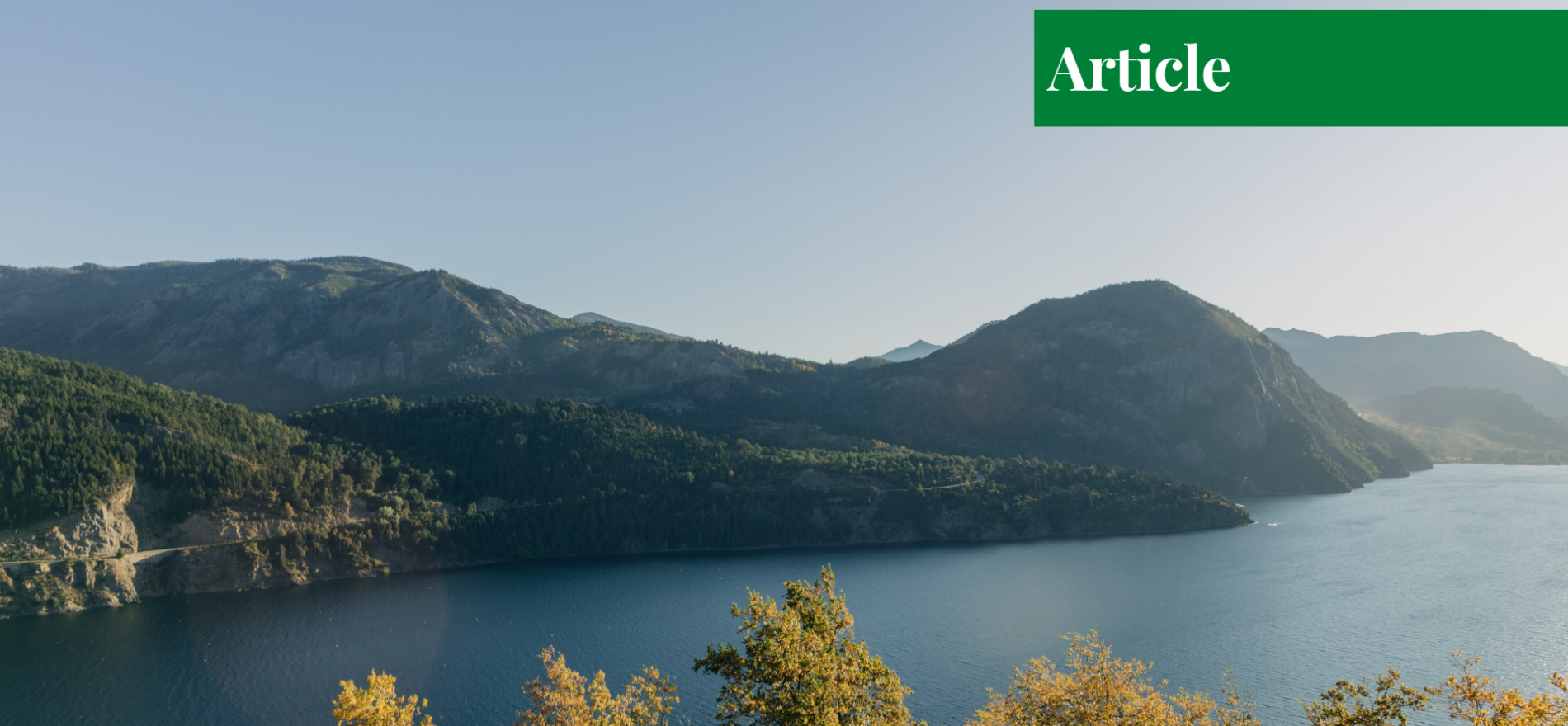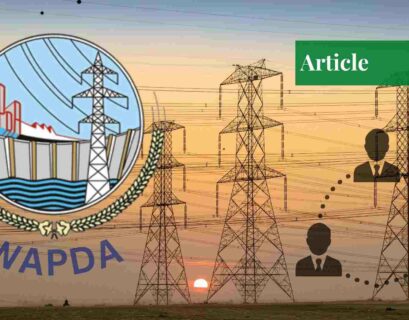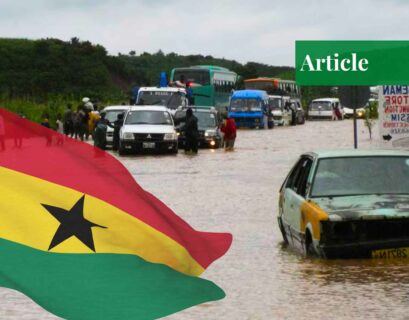Ms Zainab Haseeb is studying IR at Kinnaird College for Women, Lahore. She has previously participated in WWF's eco-internship.
Introduction
Pakistan came into being in 1947 after the division of the sub-continent into Muslim-majority and Hindu-majority areas. Along with the division of territory, there was also a division of resources, military forces, industries, and water bodies (including rivers). The water had to be divided between both states equally, but India was against such division from the outset and so was the beginning of the Kalabagh Dam issue.
On April 1, 1948, East Punjab in India discontinued the flow of water to West Punjab (Pakistan), resulting in a huge threat of dearth and loss of crops in West Punjab. This was done to cause water shortages in Pakistan so that they would eventually surrender to India. Due to the hyrdropolitics between Pakistan and India, the Indus Basin Treaty was presented by World Bank in 1960 to resolve the disputes.
The treaty recommended the division of the rivers: Ravi, Sutlej, and Bias were given to India, while Indus, Chenab, and Jhelum were granted to Pakistan. The World Bank also proposed the construction of two dams, that is, Mangla and Tarbela. The funds for the construction of these dams were provided by the World Bank and thus were constructed.
It was proposed during the forum of Save Water Save Pakistan, that at least 5 dams five dams (including the Munda Dam, Kurram Tangi Dam, Akhori Dam, and the Kalabagh Dam) be built by 2025 to meet the rising water demand. Kalabagh is an area near Mianwali and the geographical conditions of this specific area are conducive for constructing a dam.
The location of the Kalabagh Dam is such that there are mountains on three sides, and so only a wall has to be constructed on the fourth side to make a dam. This means that the construction would have cost less than other dams. It is important to note that the Kalabagh Dam was initially proposed to store excess water from floods.
However, as time passed, the water crisis in Pakistan increased, and the motivations for constructing the dam changed. From the dam being constructed only to deter flooding, it became a hydro-power project for the production of electricity — and a way to overcome the growing water shortage in the region.
Despite the advantages of the Kalabagh Dam, the government proceeded with the construction of the Tarbela Dam since the cost of its construction was to be borne by World Bank. After Tarbela was completed, Kalabagh Dam became the most important project in the pipeline. However, it was not favored by the politicians of the two provinces — KPK and Sindh — due to various political reasons.
Khyber Pakhtunkhwa’s Narrative
The main issue was that the politicians of KPK protested against the Kalabagh dam because they staunchly believed that if the dam was constructed, the city of Nowshera would drown. The logic was that since the water level of Nowshera is only a little over the Indus river, the construction of the dam may cause the water level of the river to rise and flood Nowshera.
Some people believed that Peshawar, Mardan, and Swabi would also drown, but experts have strongly refuted all these rumors. These widespread rumors led to increasing politicization and hence the Pakistan Tehreek-e-Insaaf (PTI) leadership expressly stated that it would not construct the dam till all the provinces agreed to the construction.
The claims made by the KPK government were addressed by the experts and a detailed analysis was provided. In the reports, it was explicitly stated that Nowshera was 60 feet above the level of Kalabagh Dam. Moreover, the distance between the dam and Nowshera is 110 km; the report ultimately summarized that the water would not be able to flood Nowshera.

Sindh’s Narrative
Sindh is not as fertile as the other provinces and hence the construction of any dam would affect the water supply. Currently, the Indus supplies water to the coastal regions via the Kotri Barrage. The dam could lead to the disruption of water from the Indus, cause water shortages, and may cause desertification in the region. Moreover, there is no other water body near Sindh except the sea, and seawater cannot be utilized for domestic or agricultural purposes.
Sindhi politicians believe that Sindh’s share of Indus water may be affected and that the water from the dam will majorly be used for KPK or Punjab. MQM’s leadership strongly condemned the decision of constructing the Kalabagh Dam and termed it as “Anti-Sindh PML-N and Kalabagh Dam”.
After studying past trends, it becomes clear that the construction of dams has only increased the water being provided to Sindh as in the cases of the construction of Tarbela Dam and Mangla Dam whereby Sindh started to receive 44.5 MAF (million-acre feet) of water from 35 MAF before the construction.
Another issue is that of the mangrove forests. According to a study, the number of mangrove forests below the Kotri Barrage has decreased due to water shortages and several small dams. However, Kalabagh Dam would aid Sindh in this aspect as it could potentially address these water shortages.
Additionally, as per the IUCN report, the sea intrusion has led to the decreased production of crops, fish, and forestry. This is primarily because Sindh has not allowed the construction of any dams. However, if the dam is approved, the issue of sea intrusion and maintaining flow can be resolved. It should be noted that Kalabagh Dam would not solve the issue of encroachment completely, but it would bring it down to a certain extent.
Predicted Benefits
The Ministry of Water and Power discussed the benefits of renewable energy and demonstrated that Kalabagh Dam would guarantee cheap and sufficient electricity, minimizing the dependence on fossil fuels such as coal for producing electricity. Thermal power is an expensive option — a whopping Rs. 16 per unit — and so the electricity produced by the Kalabagh Dam would be much cheaper, at a mere Rs. 3 per unit.
Kalabagh Dam can generate 3600 MW of energy, which would be a significant addition to the country’s power production as it could potentially reduce the havoc caused by floods; there may be a reduced need for imports. Pakistan may no longer need to purchase oil from abroad to fulfil the demand for power supply.
The Punjab government has supported the construction of the Kalabagh Dam. According to the 1991 Water Apportionment Accord, Punjab has the biggest share of water resources and it can exercise its authority for building the dam. However, the leaders have not approved of it as they desire the consensus of all provinces.
The PML-N government did outline the benefits of the dam and tried to clear the reservations of the concerned provinces. They also proposed that the area of the dam be given to KPK as it would fulfill their water needs and have a positive impact on their economy.
Conclusion
It is an unfortunate reality that the provinces have failed to reach a consensus on the construction of the Kalabagh Dam – despite the benefits that are associated with it. A viable solution is needed urgently to address the water shortages in Pakistan. The dam would help reduce the damage from the floods, generate cheap electricity, and may help provide water to areas previously deprived.
However, since the political elites and the feudal lords do not want to disrupt the status quo, they are politicizing the issue around the Kalabagh Dam and ignoring the greater good of the country. The benefits outweigh the complications — and the government should ensure that the construction of Kalabagh Dam begins as soon as possible.
If you want to submit your articles and/or research papers, please check the Submissions page.
The views and opinions expressed in this article/paper are the author’s own and do not necessarily reflect the editorial position of Paradigm Shift.



















